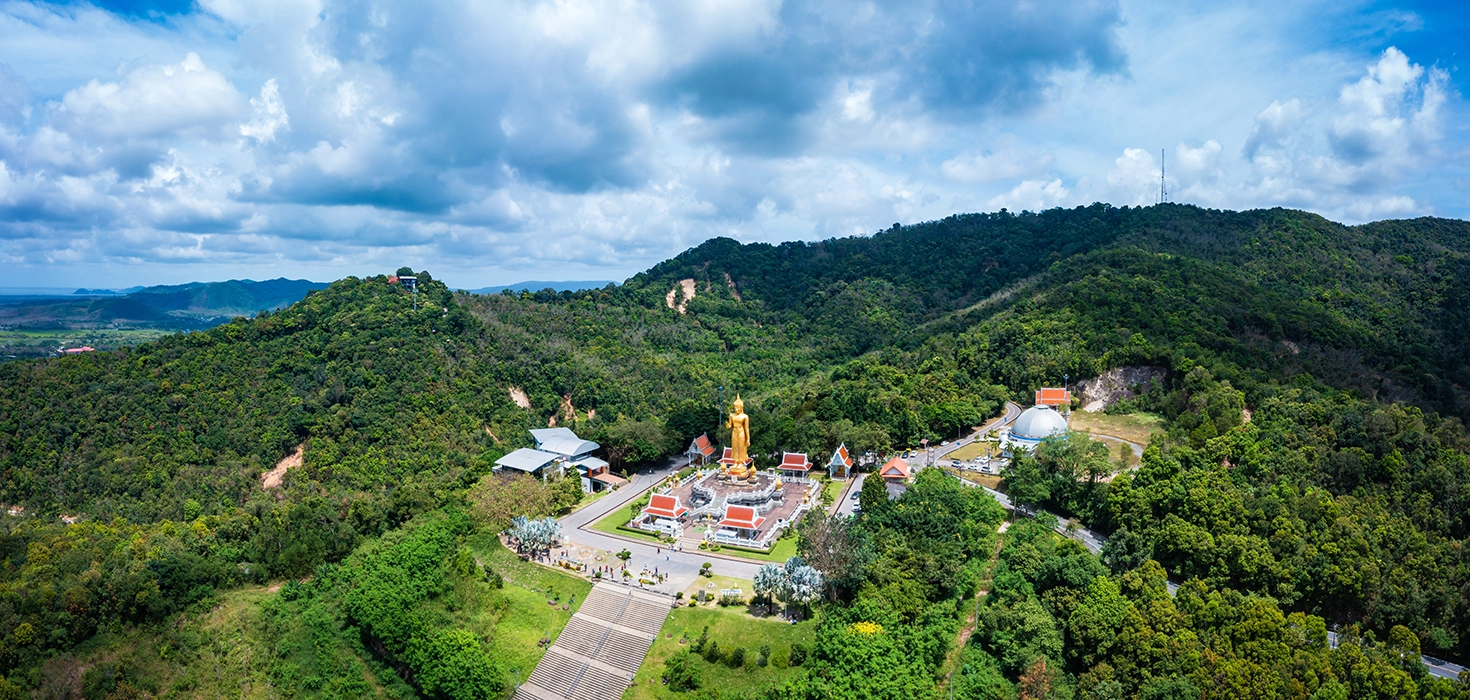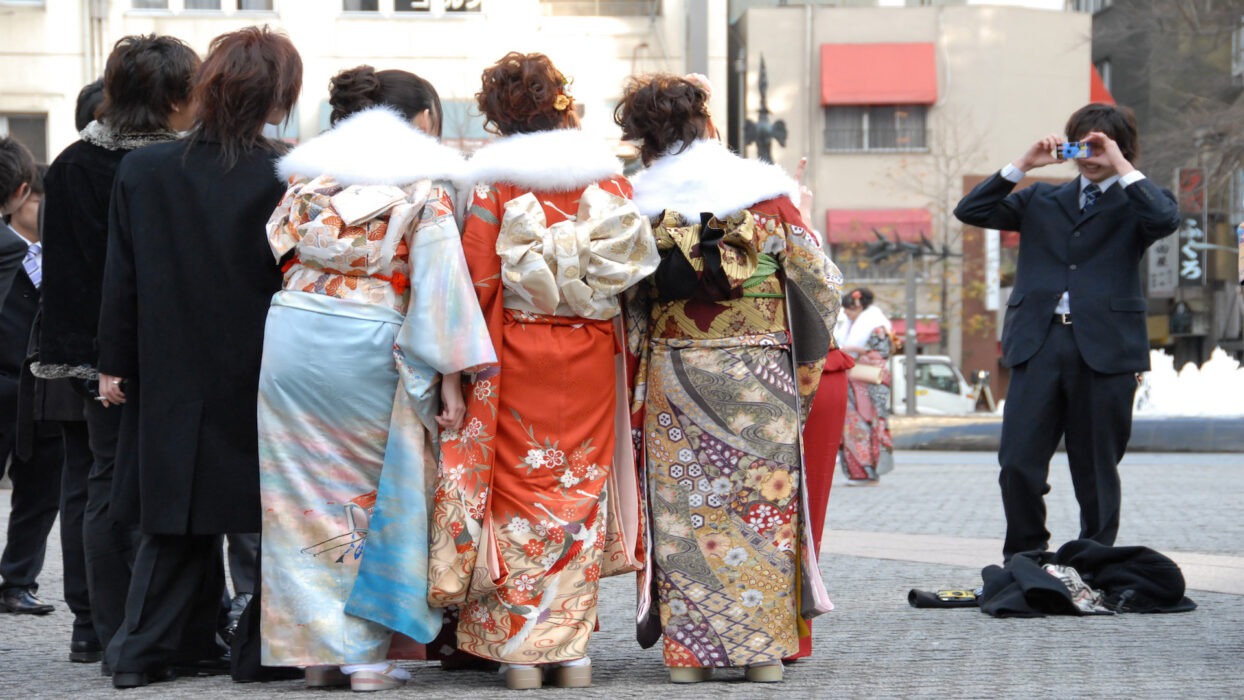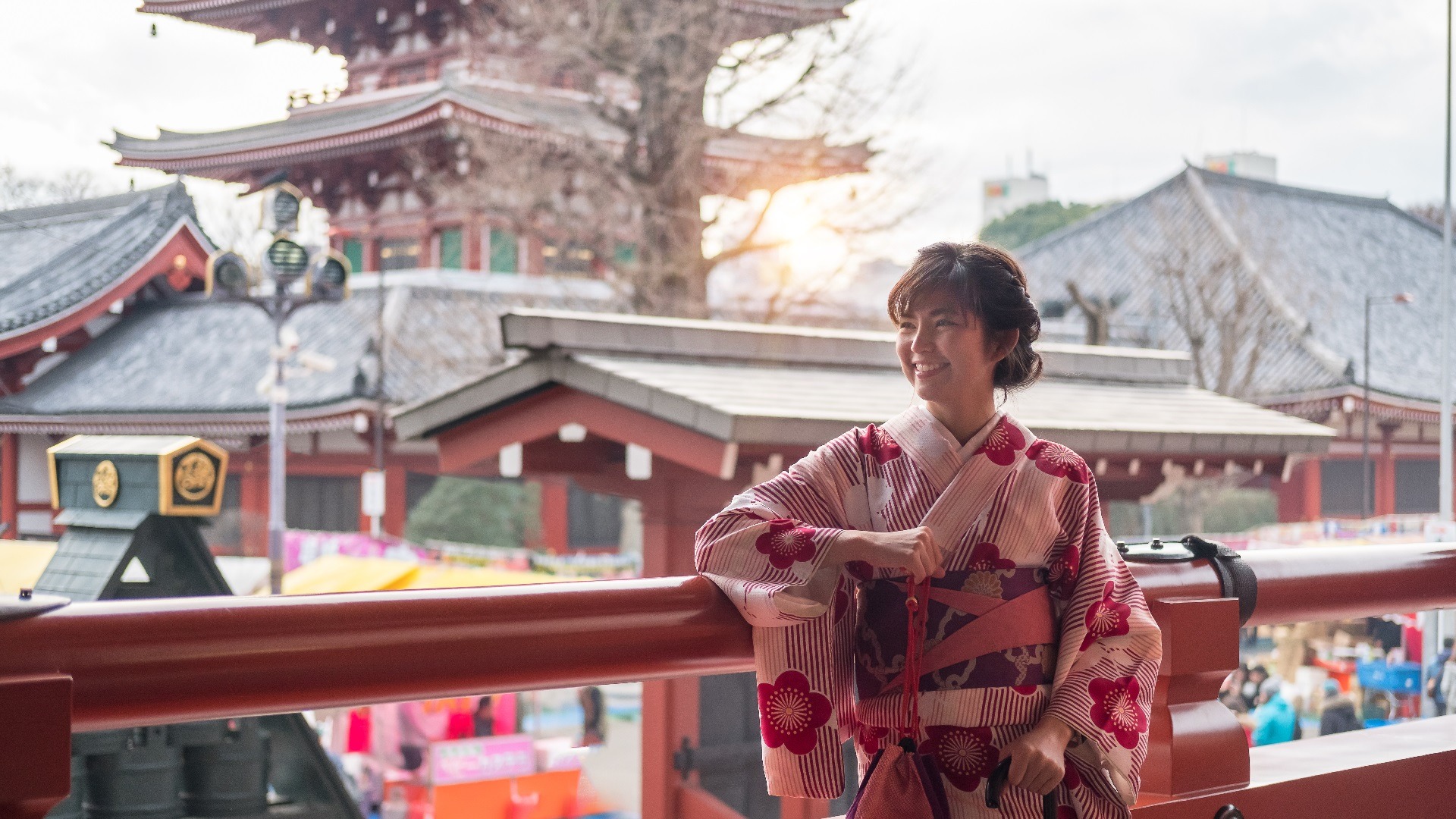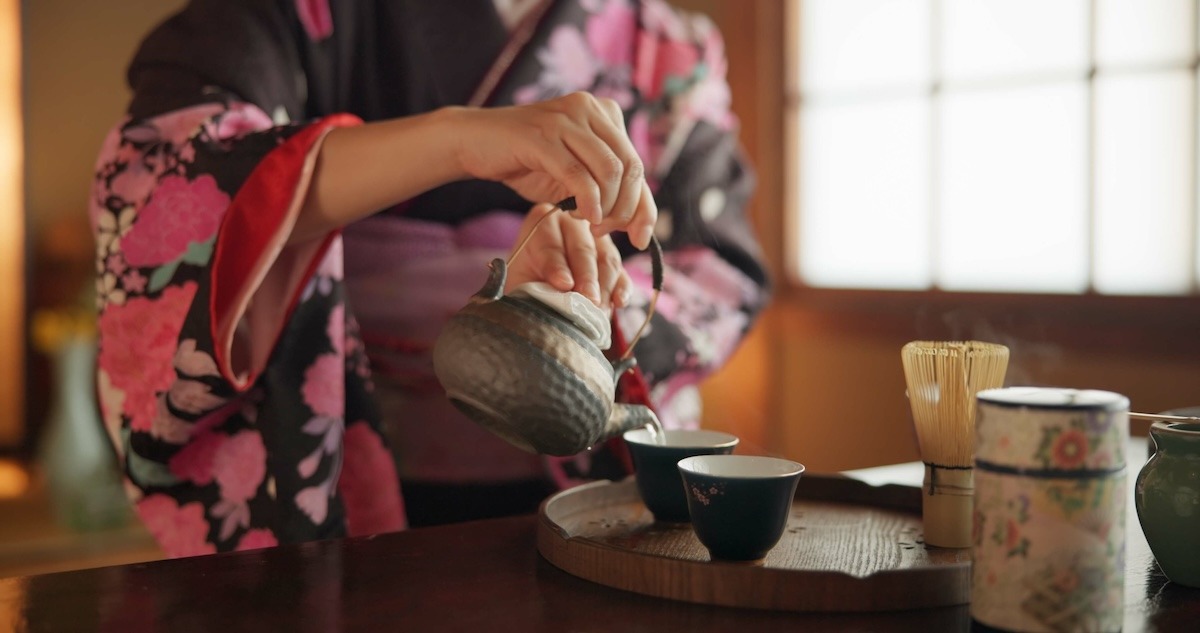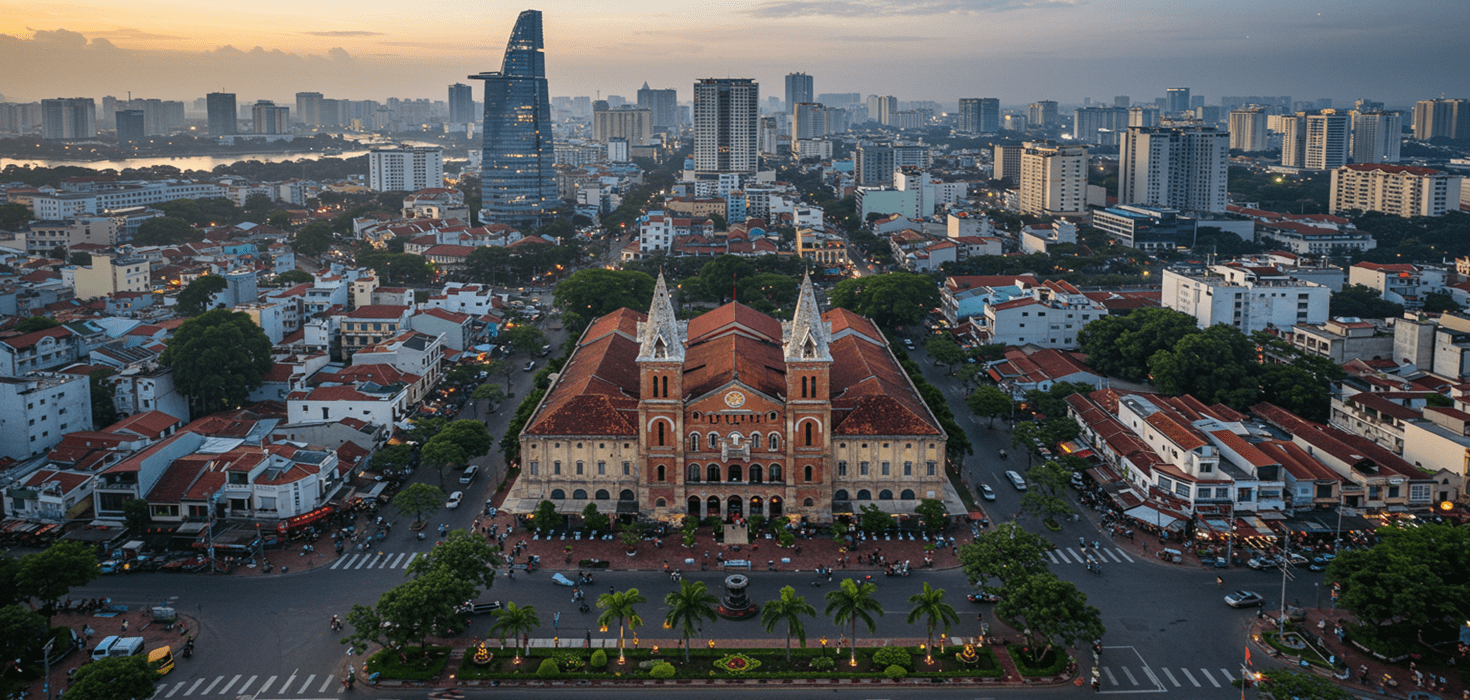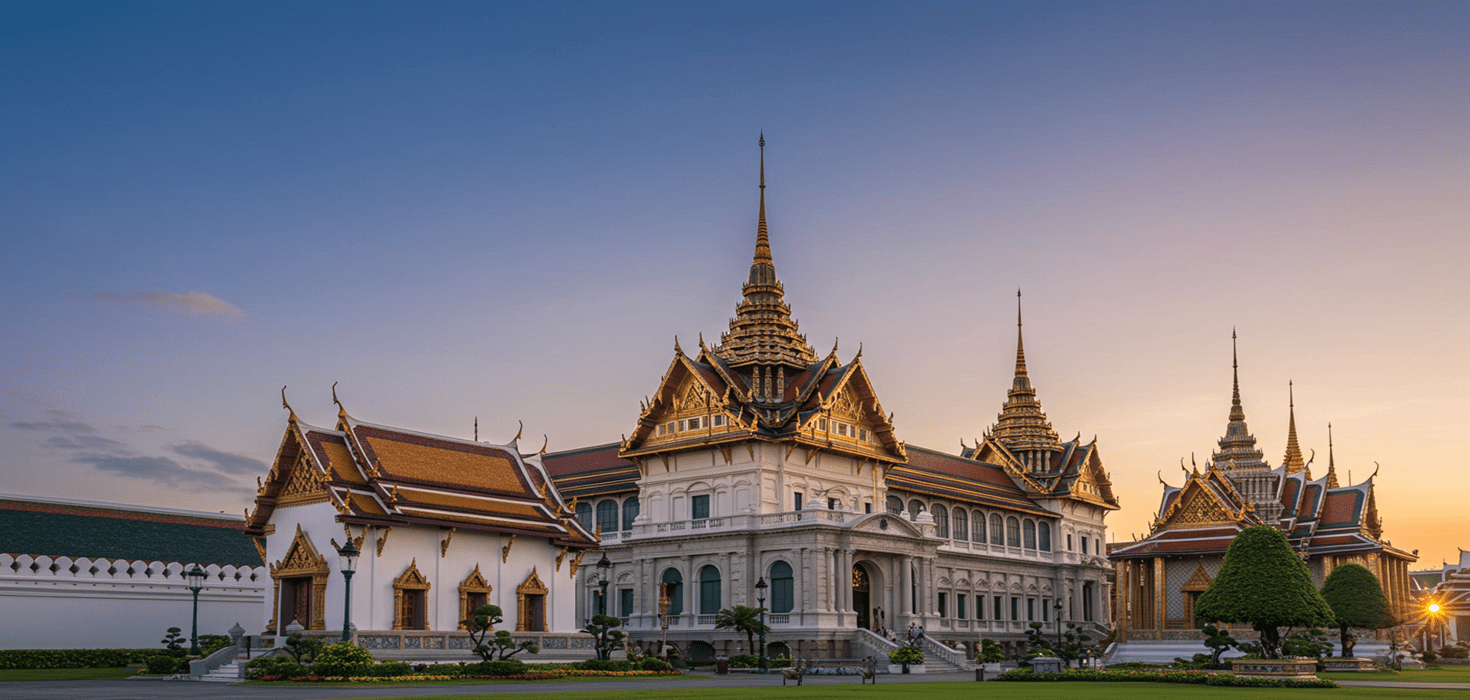Every January, Japan celebrates a unique and culturally rich event known as Coming of Age Day or Seijin no Hi. This national holiday marks a significant milestone for young adults who have reached the age of maturity. It’s a day filled with tradition, celebration, and a deep sense of cultural heritage.
The Significance of Coming of Age Day
Coming of Age Day is more than just a celebration; it’s a rite of passage that signifies the transition from youth to adulthood. Held on the second Monday of January, this day is dedicated to honoring those who have turned 20, the age of majority in Japan. The event is marked by ceremonies, traditional attire, and gatherings that reflect the importance of this life stage.
Ceremonies and Traditions
The day begins with official ceremonies held at local city offices, where young adults gather to listen to speeches and receive small gifts. These ceremonies are a formal acknowledgment of their new status as adults. Participants often wear traditional Japanese attire, with women donning beautiful kimonos and men wearing formal suits or traditional hakama.
Traditional Attire and Its Symbolism
One of the most striking aspects of Coming of Age Day is the traditional attire worn by the participants. Women often wear furisode, a type of kimono with long sleeves, symbolizing their single status. These kimonos are often vibrant and intricately designed, reflecting both personal taste and cultural heritage. Men may choose to wear formal Western-style suits or traditional Japanese hakama, adding to the ceremonial atmosphere.
The process of dressing in these traditional garments is an event in itself, often involving family members and professional stylists. The attire not only highlights the beauty of Japanese fashion but also serves as a connection to the country’s rich cultural past.
Celebrations Across Japan
While the core elements of Coming of Age Day are consistent across Japan, regional variations add unique flavors to the celebrations. In Tokyo, for example, the ceremonies are grand and often held in large venues to accommodate the city’s population. In contrast, smaller towns may host more intimate gatherings, fostering a close-knit community feel.
After the official ceremonies, many young adults celebrate with friends and family, enjoying meals and parties that extend into the evening. It’s a time for joy, reflection, and looking forward to the future.
Experiencing Coming of Age Day as a Traveler
For travelers, witnessing Coming of Age Day offers a unique glimpse into Japanese culture and traditions. The vibrant kimonos, heartfelt ceremonies, and joyful celebrations provide an unforgettable experience. Visitors can explore various cities to see how different regions celebrate this special day.
In major cities like Tokyo and Kyoto, public ceremonies are often open to spectators, allowing travelers to observe the formal proceedings. It’s an opportunity to appreciate the cultural significance and the pride that young adults and their families take in this milestone.
Travel Tips for Coming of Age Day
If you’re planning to visit Japan during Coming of Age Day, here are some tips to enhance your experience:
- Plan Ahead: Accommodations can fill up quickly, so book your stay in advance. Consider staying near venues where ceremonies are held to easily access the events.
- Respect the Tradition: While it’s a public celebration, remember that it’s a significant personal milestone for participants. Be respectful and mindful when taking photos or interacting with locals.
- Explore Local Culture: Use this opportunity to delve deeper into Japanese culture. Visit museums, historical sites, and local eateries to enrich your travel experience.
Local Voices and Personal Stories
Hearing from those who have experienced Coming of Age Day firsthand adds depth to the understanding of this cultural event. Many young adults express a mix of excitement and nostalgia as they step into adulthood. For some, it’s a moment to reflect on their journey and set goals for the future.
Local families often share stories of past celebrations, highlighting the changes and continuities in traditions over the years. These personal anecdotes provide a richer context and a more personal connection to the event.
Historical Context and Folklore
Coming of Age Day has its roots in ancient Japanese traditions, evolving over centuries to become the celebration it is today. Originally, the ceremony was a rite of passage for young samurai, marking their readiness to assume adult responsibilities. Over time, it has transformed into a national holiday that embraces all young adults.
Folklore and historical narratives surrounding the event add layers of meaning, connecting modern participants with their ancestors. Understanding these stories enhances the appreciation of the cultural significance of Coming of Age Day.
Culinary Delights and Local Cuisine
Coming of Age Day is also a time to indulge in Japan’s rich culinary offerings. Families and friends often gather for celebratory meals, featuring traditional dishes that vary by region. From sushi and sashimi to hearty bowls of ramen, the food is as much a part of the celebration as the ceremonies themselves.
Travelers can take this opportunity to explore local eateries and savor authentic Japanese cuisine. Whether dining at a high-end restaurant or enjoying street food, the flavors of Japan are sure to enhance the festive experience.
Festivals and Events
In addition to the official ceremonies, various festivals and events take place around Coming of Age Day. These events often include traditional music, dance performances, and cultural exhibitions, providing a vibrant and engaging atmosphere for both locals and visitors.
Participating in these events offers a deeper understanding of Japanese culture and a chance to celebrate alongside the community. It’s a wonderful way to immerse yourself in the local traditions and enjoy the festive spirit.
